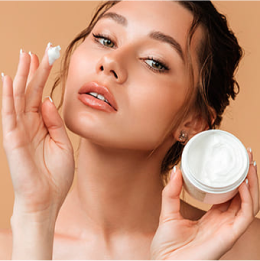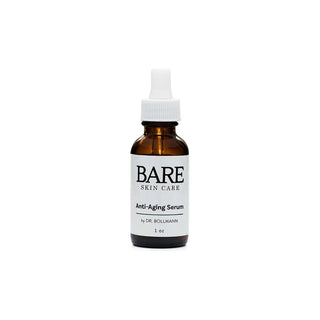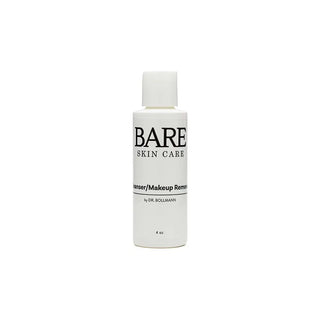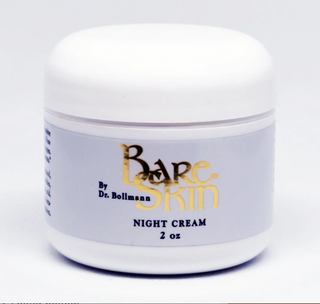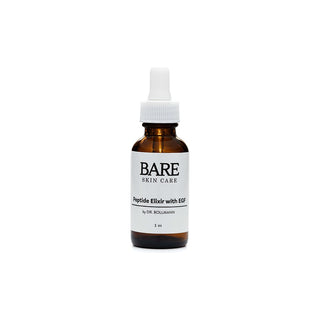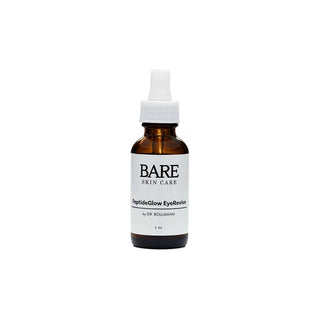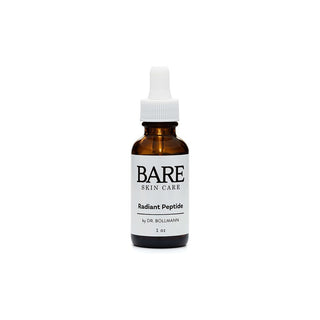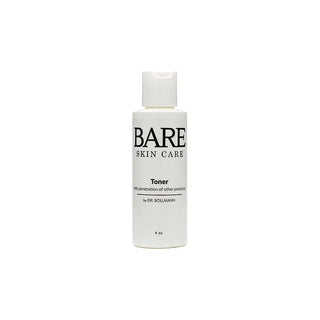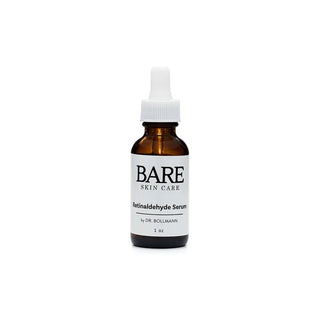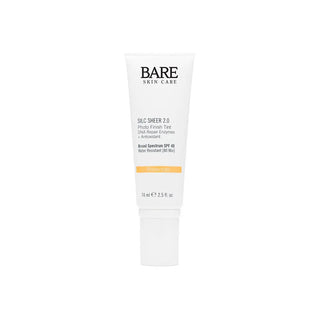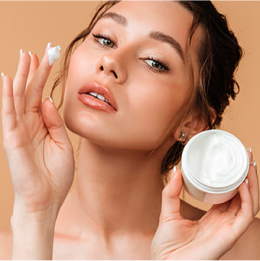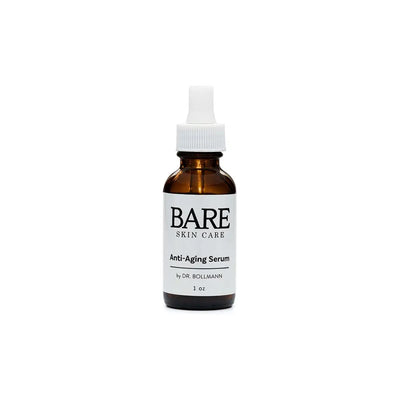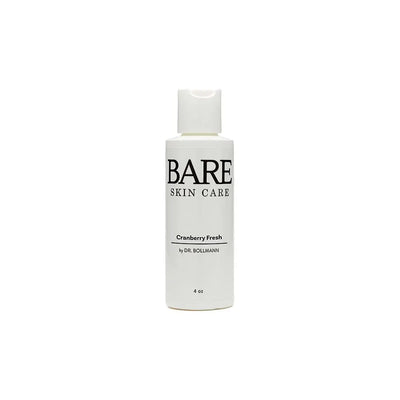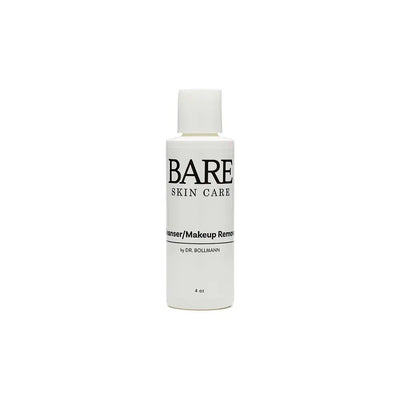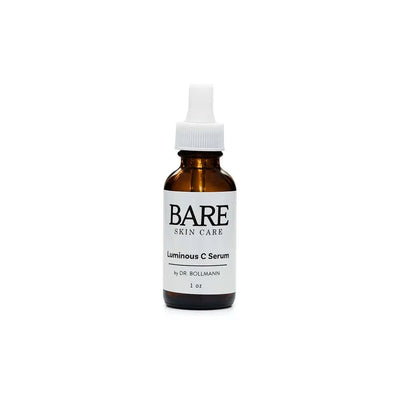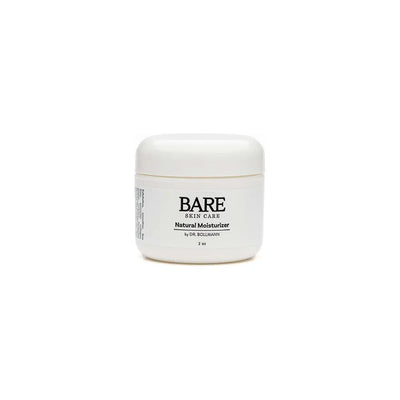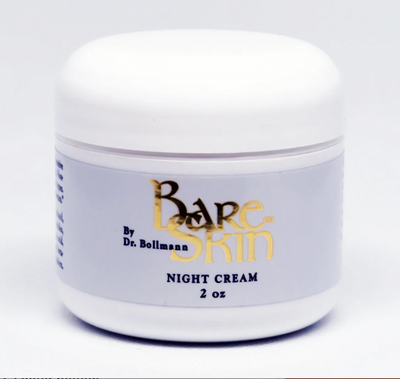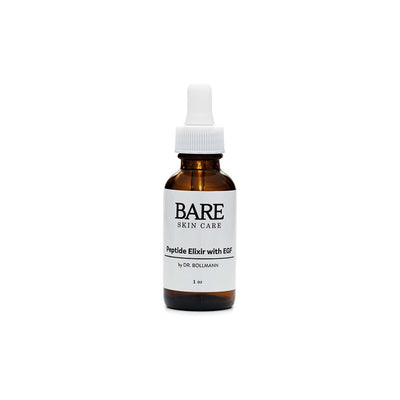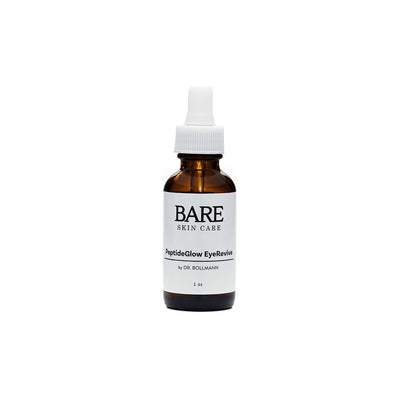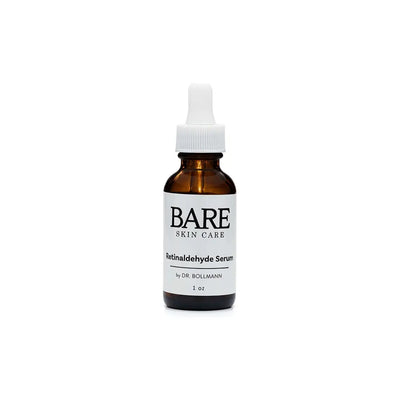The Silent Threat: Understanding and Combating Fine Particle Air Pollution
Fine particle air pollution, also known as PM2.5, is an insidious environmental hazard posing significant risks to human health. These microscopic particles, measuring less than 2.5 microns in diameter, are so small that they can easily penetrate deep into our lungs and even enter the bloodstream. Their sources are diverse, ranging from vehicle emissions and industrial processes to natural events like wildfires.
The Toll on Human Health
The American Lung Association paints a grim picture, attributing "tens of thousands of premature deaths each year" to fine particle air pollution. This alarming statistic underscores the urgency of addressing this issue. The particles themselves are a toxic cocktail, often comprising acid aerosols, organic chemicals, metals, and carbon soot. These substances can trigger or exacerbate various health conditions, including respiratory and cardiovascular diseases.
Long-term exposure to high levels of PM2.5 has been consistently linked to reduced life expectancy. Studies have shown that individuals residing in areas with elevated fine particle concentrations may lose one to two years of their lives compared to those living in cleaner environments. The World Health Organization (WHO) estimates that around 7 million premature deaths annually are attributable to air pollution, with a significant portion linked to fine particles.
Mitigating the Risk
While the problem is complex, there are steps we can take to minimize our exposure to fine particle air pollution and protect our health:
-
Create a Clean Indoor Haven: When outdoor air quality is poor, it's crucial to create a clean indoor environment. Use air purifiers equipped with HEPA filters to trap fine particles. A cost-effective alternative is to construct a DIY air purifier by attaching a HEPA filter to a box fan.
-
Adjust Outdoor Activities: During periods of high PM2.5 levels, avoid strenuous outdoor activities, especially near heavily trafficked areas. If you must exercise outdoors, choose quieter routes and consider wearing a mask designed to filter out fine particles.
-
Stay Hydrated: Adequate hydration helps maintain respiratory health. Drink plenty of water throughout the day, especially when air pollution levels are elevated.
-
Cleanse Your Skin: After spending time outdoors, take a cool shower or bath to remove any particulate matter that may have settled on your skin.
-
Air pollution is accelerating skin aging and wrinkles. Protect your skin from this invisible threat and maintain a youthful glow.
Air pollution isn't just bad for your lungs, it wreaks havoc on your skin too. It triggers acne, eczema, and other skin conditions.
Your skin is your body's largest organ, and it's under attack from air pollution. Pollutants damage your skin barrier, cause inflammation, and even increase cancer risk. Protect your skin's health now.
The shocking truth about air pollution and your skin: It's not just making you look older, it's putting your health at risk.
Staying Informed
In the United States, the Air Quality Index (AQI) provides valuable information about air pollution levels. The U.S. Environmental Protection Agency (EPA) publishes daily AQI data on its website. Monitor the AQI regularly and adjust your activities accordingly to minimize exposure.
A Collective Effort
Addressing fine particle air pollution requires a multifaceted approach. Governments, industries, and individuals all have a role to play. Investing in cleaner energy sources, promoting public transportation, and adopting stricter emission standards are crucial steps. However, even small individual actions, like choosing to walk or bike instead of driving, can contribute to a cleaner and healthier environment.

By understanding the risks associated with fine particle air pollution and taking proactive measures to reduce exposure, we can protect ourselves and future generations from this silent threat.




















